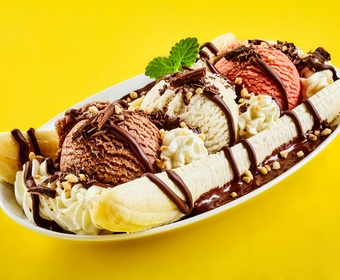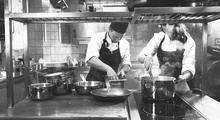Today enormous amounts of sugar are used in pre-cooked and processed food and it is common knowledge that sugar is the cause of obesity and other ills. But how do professionals in the kitchen work with this basic taste?
Sweetness signals edible energy in the form of short chains of carbohydrates. However, sugar in food is not only about flavors, sugar also gives rise to a viscous, smooth, and appetising mouth feel.
Useful sugar facts (apart from that too much of it makes you fat):
- Sugar is made from sugar cane and sugar beets. Refined sugar that provides sweetness without adding any other flavor to food has revolutionized cooking.
- Different types of sugar, such as refined sugar, brown sugar, muscovado sugar, syrup, maple syrup, and palm sugar, all result in different taste experiences.
- There is plenty of natural sweetness in vegetables such as (red) beets, onions, carrots, white cabbage, and more. And in fruit, of course. The delicious flavors in fried onion and on the surface of seared meat have to do with chemical rections that include sugar.
- Flavors in sauces and stews get a boost from a little added sugar. A more prominent sweetness goes well with chicken and pork.
- Sweetness usually fares well by being balanced with acidity. Without acidity, sweetness can be experienced as lacking in "freshness" and cloy.
Read more about the 6 basic tastes in All about taste.






